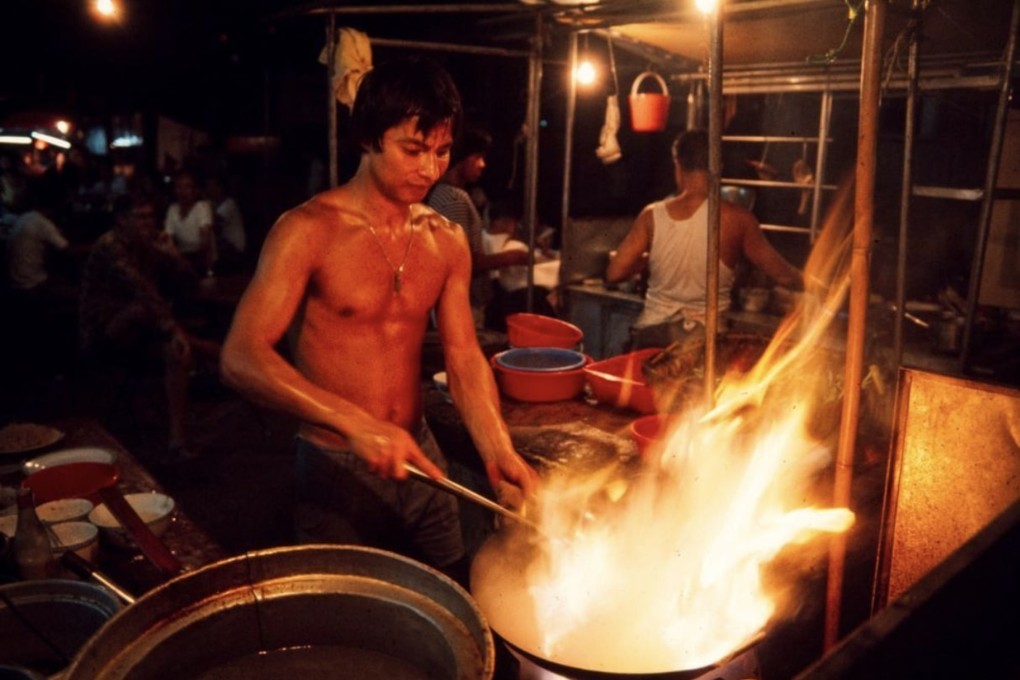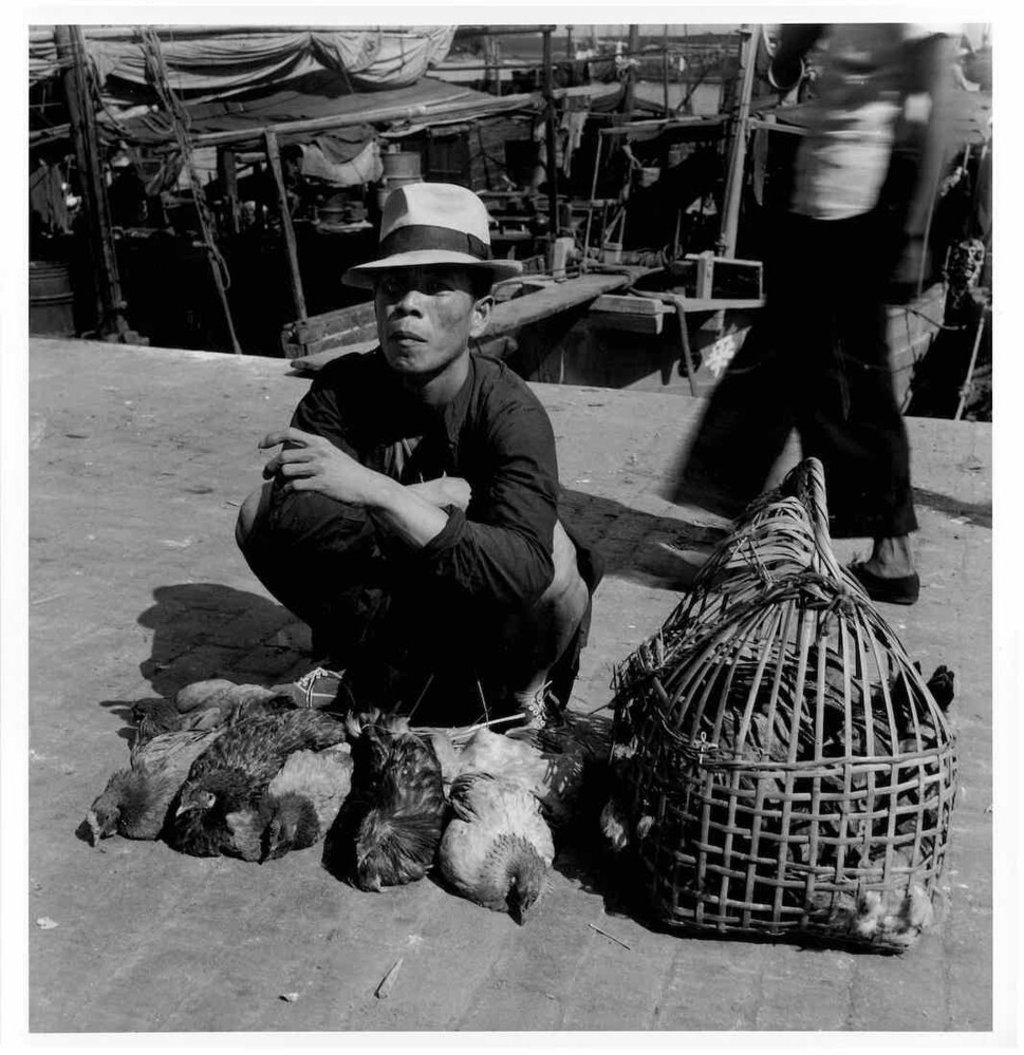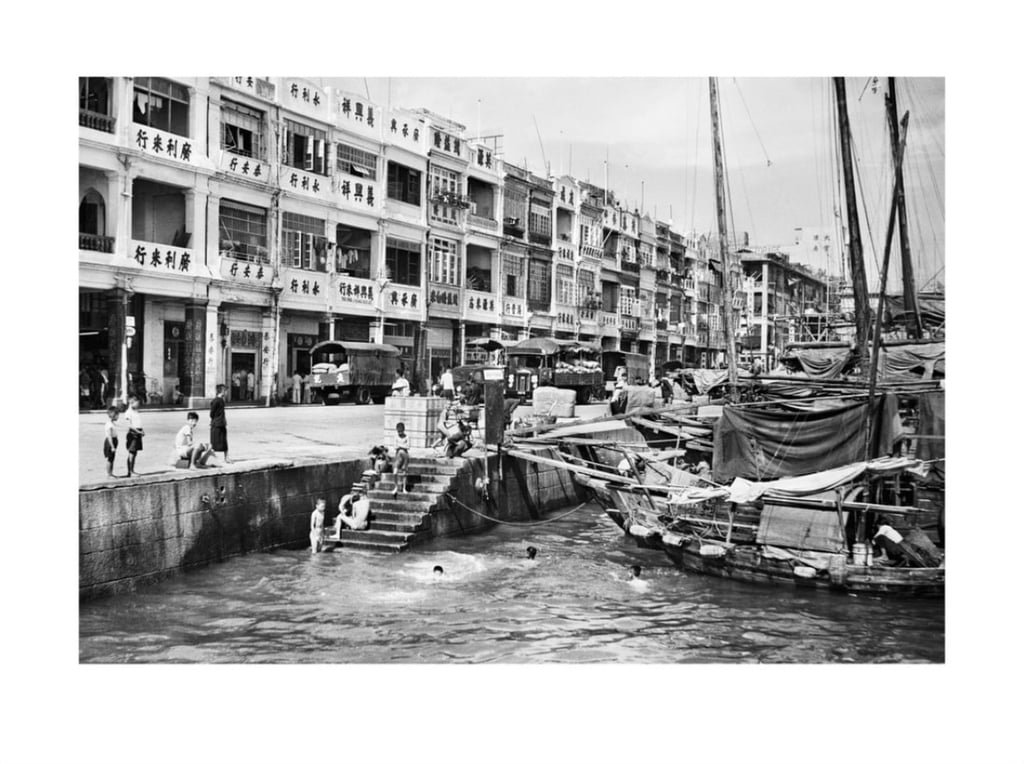Advertisement
Photos of Hong Kong, from hard times after World War II to resurgence in 1960s and ’70s, show city’s incredible transformation
- Hong Kong’s rise after World War II and the resilience of Hong Kong people are front and centre in the Recovery; Resilience; Resurgence exhibition
- The photos, taken by Lee Fook Chee, Hedda Morrison and Brian Brake, show the city and its people during a time of great change
Reading Time:2 minutes
Why you can trust SCMP
1

In 2010 Australian photographer and writer Edward Stokes, who grew up in Hong Kong, crossed paths with a fellow artist. It was an encounter that would change his life.
“My brother and sister were visiting Hong Kong, so we decided to head to The Peak,” says Stokes of the popular tourist spot that provides stunning views of Hong Kong Island. “While there, I noticed an old man selling his prints of 1950s Hong Kong and, as a photographer myself, I was curious.
“We chatted for a bit – me in my broken Cantonese and he in his broken English – but after our initial encounter I didn’t really think about him until I received an email from his niece asking if I would like to see his negatives.”
Advertisement
The rest, as they say, is history.



Advertisement
Select Voice
Choose your listening speed
Get through articles 2x faster
1.25x
250 WPM
Slow
Average
Fast
1.25x